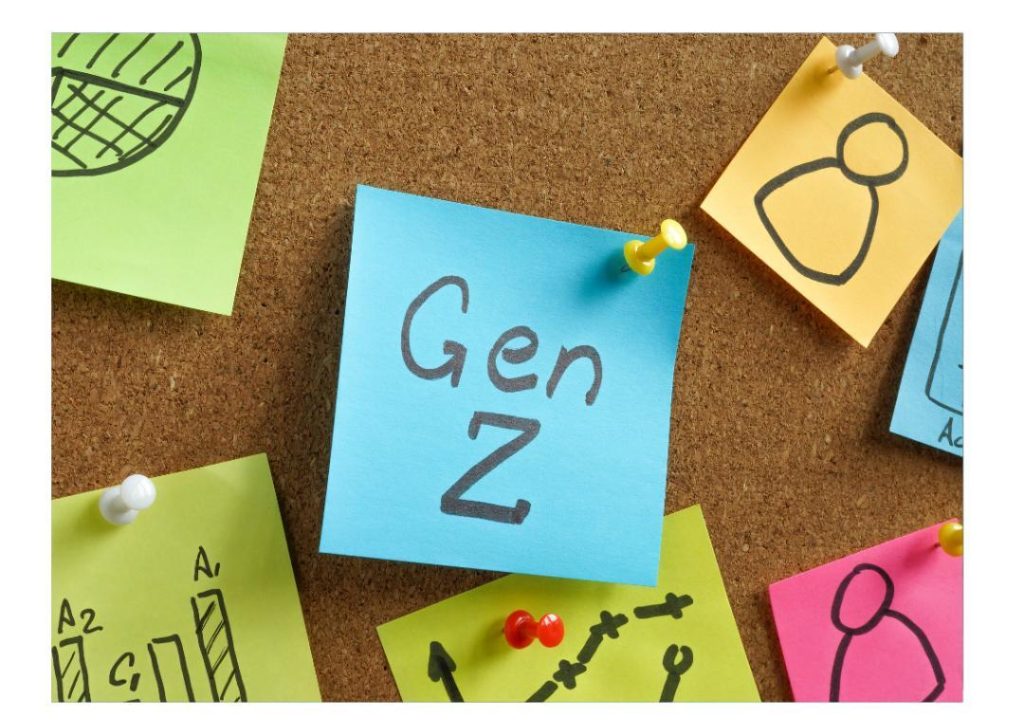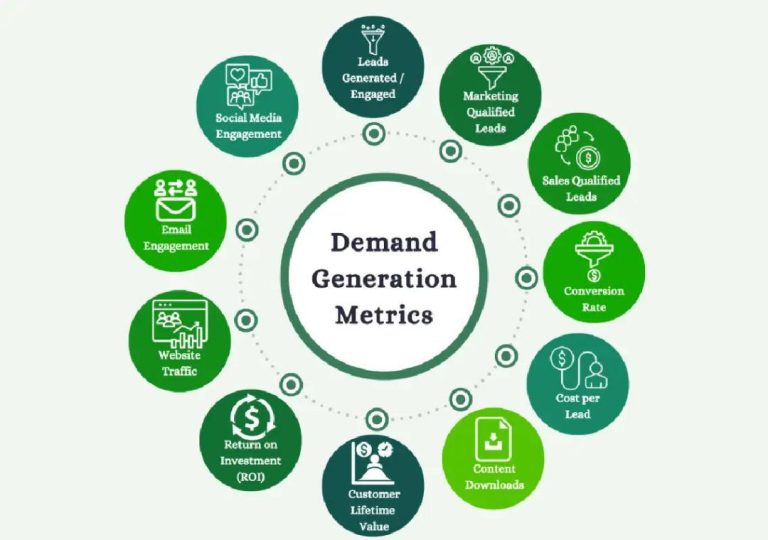
What Makes Gen Z Love Instant Delivery?
As a digital native, Gen Z has grown up with the internet and mobile devices at their fingertips. For them, speed isn’t a perk, it’s a baseline. Quick commerce, or the ability to order and receive products within a short time frame, has become an essential part of their daily lives. In this blog post, we’ll explore what makes Gen Z love instant delivery and how it’s reshaping consumer behavior in the traditional retail industry.
The rise of instant delivery
The concept of instant delivery isn’t new. However, the rise of apps and platforms that offer this service has made it more accessible and convenient than ever. With the click of a button, Gen Z can order anything from groceries to clothing to electronics, and receive it at their doorstep in a matter of minutes. This speed and convenience have become a major draw for young consumers, who value their time and are willing to pay a premium for it.
Convenience and control
For Gen Z, convenience is key. They’re a generation that’s grown up with the ability to access anything they want, whenever they want it. Instant delivery gives them the control and flexibility they crave. With apps like Instacart, Shipt, and UberRUSH, they can order products from their favorite retailers and have them delivered to their doorstep in under an hour. This convenience is especially appealing for busy students, professionals, and parents who don’t have the time to physically go to a store.
Targeted offers and push notifications
Another reason why Gen Z loves instant delivery is the targeted offers and push notifications that come with it. Retailers can use data and analytics to send personalized offers and promotions to customers, making them feel like they’re getting exclusive deals. Push notifications also allow retailers to keep customers informed about their orders, including tracking updates and delivery times. This level of transparency and communication creates a sense of trust and loyalty between the customer and the retailer.
Addictive loop of instant buying
The combination of convenience, control, and targeted offers creates an addictive loop of instant buying. Gen Z is willing to pay a premium for the speed and convenience of instant delivery, and retailers are happy to oblige. This has led to a shift in consumer behavior, with more and more young people making impulse purchases and buying things on a whim. This is a major departure from the traditional retail model, where customers would plan their purchases and visit stores in person.
Reshaping consumer behavior
The rise of instant delivery has significant implications for the traditional retail industry. With consumers increasingly expecting speed and convenience, retailers who can’t keep up will struggle to remain competitive. This is already happening, with many brick-and-mortar stores closing their doors and retailers shifting their focus to e-commerce and online sales.
The shift to e-commerce
The shift to e-commerce has been driven in part by the rise of instant delivery. With the ability to order products online and have them delivered to their doorstep, consumers are increasingly turning to digital channels for their shopping needs. This has led to a surge in online sales, with many retailers reporting significant increases in e-commerce revenue.
Impact on traditional retail
The impact on traditional retail has been significant. Many brick-and-mortar stores are struggling to compete with the convenience and speed of online shopping. This has led to store closures and job losses, as retailers struggle to adapt to the changing landscape.
Future of retail
The future of retail is likely to be shaped by the rise of instant delivery and e-commerce. Retailers who can adapt to these changes and offer consumers the speed and convenience they crave will thrive. Those who can’t will struggle to remain competitive.
Conclusion
In conclusion, Gen Z loves instant delivery because it offers them the convenience, control, and speed they crave. With the rise of apps and platforms that offer instant delivery, consumers are increasingly expecting this level of service from retailers. Retailers who can adapt to these changes and offer consumers the speed and convenience they want will thrive in the future. Those who can’t will struggle to remain competitive.
Source:
https://www.growthjockey.com/blogs/quick-commerce-changing-traditional-retail-industry






